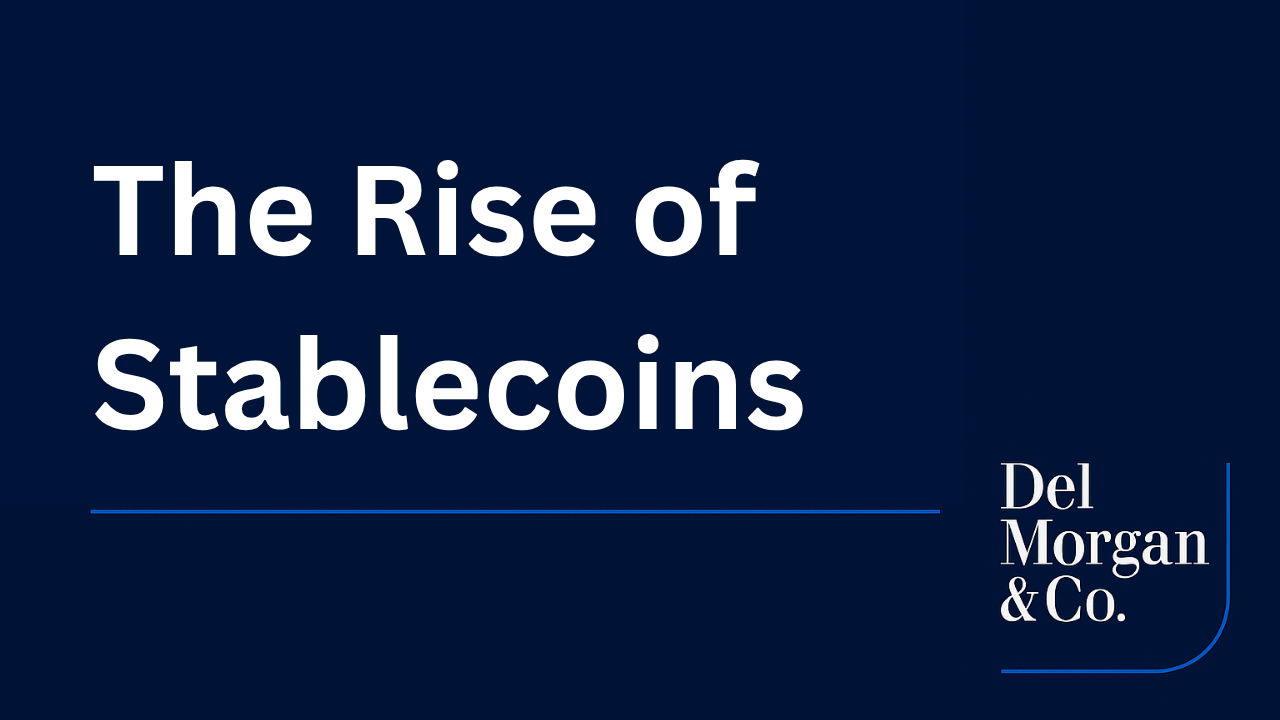In recent years, the evolution of digital currencies has been one of the defining shifts in the global financial landscape. While cryptocurrencies such as Bitcoin and Ethereum captured early attention for their decentralization and potential to disrupt traditional systems, their volatility has long presented a barrier to widespread adoption in everyday commerce and institutional finance. This challenge created the conditions for the emergence of stablecoins, digital assets designed to maintain price stability by pegging their value to a reserve asset such as the U.S. dollar, the euro or even a basket of commodities. Stablecoins stand at the intersection of innovation and financial stability, representing an attempt to merge the efficiency of blockchain technology with the predictability of traditional currencies. Their rise has had profound implications for payments, banking, monetary policy and global capital markets, making them one of the most consequential financial innovations of the last decade.

The Core Purpose of Stablecoins
At their core, stablecoins exist to solve a fundamental problem. Conventional cryptocurrencies are often subject to dramatic fluctuations, sometimes moving by double-digit percentages in a single day. This has made them impractical as a medium of exchange or store of value, which are two of the foundational characteristics of money. Stablecoins, by contrast, aim to provide digital tokens that retain consistent purchasing power. By doing so, they enable users to transact quickly across borders without the friction of traditional payment systems, while minimizing the risk that the value of their holdings will erode between the moment a transaction is initiated and when it is settled. This promise of stability, combined with the efficiencies of blockchain infrastructure, has made stablecoins increasingly attractive not only to individual users but also to institutional players and financial intermediaries.
Revolutionizing Payments
The effects of stablecoins on the financial sector are evident in the payments space, where they offer a compelling alternative to legacy systems. Traditional cross-border transfers often involve multiple intermediaries, significant delays and high fees. Stablecoins, by virtue of operating on decentralized networks, allow for near-instant settlement across jurisdictions at a fraction of the cost. This efficiency holds major implications for global remittances, where individuals sending money to family members abroad are often burdened with costly transaction fees. By reducing these frictions, stablecoins are reshaping expectations around how money should move in the twenty-first century and putting pressure on established financial institutions to modernize their offerings.
Enhancing Liquidity in Capital Markets
Another critical impact is the way stablecoins influence liquidity management and capital markets. Because they are easily programmable and transferable, stablecoins have begun to function as digital cash equivalents in the decentralized finance ecosystem, serving as collateral for loans, instruments for yield generation and settlement layers for trades. In many cases, investors can deploy stablecoins more efficiently than traditional fiat currency, moving large amounts of capital across platforms without the delays of wire transfers or bank settlements. This ability to mobilize funds in real time has the potential to alter how markets operate, increasing overall liquidity but also raising new questions about systemic risk and oversight.
Challenging Central Banks and Regulators
The rise of stablecoins has also forced central banks and regulators to reevaluate their roles in the financial system. Monetary authorities recognize that stablecoins, particularly those pegged to national currencies, create a private form of money that competes with traditional fiat. This dynamic has sparked widespread debate about monetary sovereignty and financial stability. On the one hand, stablecoins can enhance financial inclusion by offering access to digital payments for individuals without traditional bank accounts, especially in regions where banking infrastructure is limited. On the other hand, the widespread circulation of privately issued stablecoins could fragment monetary systems, reduce the effectiveness of central bank policy transmission and complicate efforts to maintain financial stability.
Navigating the Regulatory Landscape
The regulatory response has varied across jurisdictions. Some governments have embraced the innovation by creating legal frameworks for stablecoin issuance, requiring adequate reserves, transparency in auditing and clear redemption rights. Others have expressed skepticism, highlighting concerns about systemic risk, money laundering, consumer protection and the possibility that unstable or inadequately collateralized stablecoins could trigger broader crises. This divergence in approaches underscores the complexity of integrating stablecoins into a global financial system built on sovereign currencies and state-backed institutions. Nevertheless, the debate has catalyzed serious exploration of central bank digital currencies, which can be seen as an official counterpart to the stablecoin model, designed to harness the benefits of digital money without ceding control to private issuers.
Implications for Banking
From a banking perspective, stablecoins represent both a competitive challenge and a potential tool for modernization. Banks traditionally serve as intermediaries for payments, deposits and lending. Yet stablecoins enable peer-to-peer transactions without the need for a centralized intermediary, raising questions about the long-term role of banks in retail finance. At the same time, banks may integrate stablecoin infrastructure into their services, using it to facilitate faster settlement or to create new digital asset offerings for clients. The question for the industry is whether stablecoins will primarily function as a parallel system, bypassing banks altogether, or whether they will be absorbed into the existing financial architecture as complementary instruments.
Transforming Investment and Corporate Finance
The implications extend further to investment management and corporate finance. Multinational corporations increasingly transact across borders, and stablecoins provide a means to streamline treasury operations by reducing reliance on intermediaries and foreign exchange transactions. Asset managers, meanwhile, may turn to stablecoins as tools for portfolio diversification or as mechanisms to access decentralized finance platforms offering novel investment strategies. This trend illustrates how stablecoins, while initially conceived as a retail innovation, are gradually penetrating the institutional layer of finance.
Accelerating the Digitization of Money
One of the most far-reaching effects of stablecoins is their role in accelerating the digitization of money itself. By providing a proof of concept that currency can exist in a digital form, pegged to traditional reserves yet transferable on decentralized rails, stablecoins have broadened the conversation about what the future of money might look like. They blur the line between private and public issuance, between financial innovation and regulatory oversight, and between the old infrastructure of banks and the new architecture of blockchain networks. In doing so, they invite a rethinking of how value is created, stored and transferred in a global economy that increasingly transcends borders.
Associated Risks
Despite their promise, stablecoins are not without risks. The assurance of stability depends heavily on the credibility of the reserves and mechanisms that back them. If issuers fail to maintain transparency or adequate collateral, users may face the very volatility that stablecoins are designed to avoid. Moreover, concentration of stablecoin activity in certain platforms or ecosystems could create new forms of systemic vulnerability. Policymakers, therefore, face the delicate task of fostering innovation while ensuring robust safeguards, balancing the benefits of efficiency with the need for stability.
Conclusion
In conclusion, stablecoins represent one of the most transformative developments in modern finance. By combining the technological advantages of cryptocurrencies with the predictability of fiat currencies, they are reshaping payments, liquidity management, banking and even the foundations of monetary policy. Their emergence has challenged regulators, forced central banks to reconsider their role in a digitized financial world and introduced both opportunities and risks for institutions and individuals alike. Whether they evolve into mainstream instruments fully integrated into the global system or remain transitional innovations paving the way for central bank digital currencies, stablecoins have already left a lasting imprint on the trajectory of finance. They symbolize the ongoing tension between innovation and stability, and in doing so, they highlight the evolving nature of money itself in the digital age.
About DelMorgan & Co. (delmorganco.com)
With over $300 billion of successful transactions in over 80 countries, DelMorgan‘s Investment Banking professionals have worked on some of the most challenging, most rewarding and highest profile transactions in the U.S. and around the globe. In the upcoming year, we expect more high-quality deal execution for more clients and welcome the opportunity to speak with companies interested in potentially selling their businesses or raising capital.









